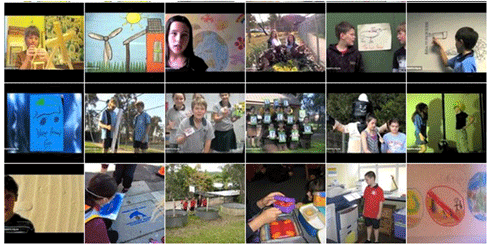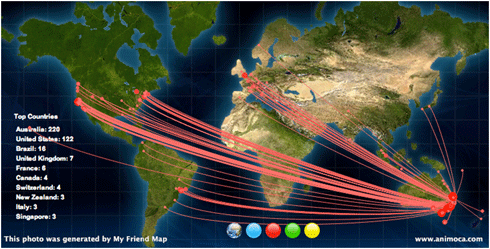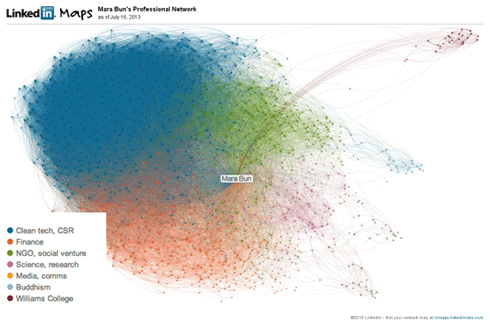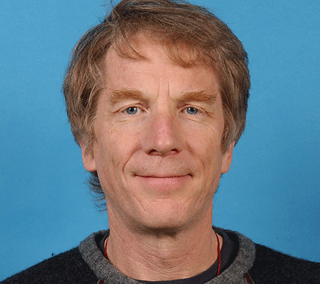Published: 22 July 2013
Generational change and the power of one
Mara Bun
‘You see,’ said California Institute of Technology Professor Nate Lewis in 2006, ‘the Earth has a 35-year thermal inertia and so what we're doing now is only the beginning because we're waiting 35 years even to see the effects of what we did 35 years ago. So it would be another 30 years until we started to really see, even at the only 380 parts per million level that we're doing now [ie 2006], what those effects are. And we'll be at 550 [ppm] by then...’

|
|
A new generation is finding new solutions to mobilising action on the world’s ‘wicked problems’. Credit: bo192/istockphoto
|
In the face of Professor Lewis’ gloomy prognosis , how can young people find hope for the future?
Last week, 30,000 primary school students started Green Cross Australia’s environmental education program Green Lane Diary. Over ten weeks, they will dive into an active learning journey that is aligned with the Australian curriculum. Our mantra is: ‘Think + Act + Share = Change.’
Green Lane Diary raises awareness of environmental risks to ecosystems and communities and celebrates students’ positive responses to these risks – through projects at home, school and in local communities. These activities are shared through interactive maps.
This model of active learning is supported by recent UCLA research addressing the communication of ‘actionable risk’. Though the study focuses on motivating people to prepare for natural disasters, the findings are relevant for motivating environmental behaviour change.
The UCLA researchers found that it is more important ‘... to emphasize the communication of preparedness actions (what to do about risk) rather than the risk itself.’ They also found Americans are ‘most likely to take steps to prepare themselves if they observe the preparations taken by others...’

|
|
The Green Lane Diary is a schools-based program designed to inspire 8-13 year olds to engage with ideas about living sustainably. Credit: Green Cross
|
This insight offers hope in a world where networks prevail.
Today’s social networks are embryonic compared to how people will connect with each other in 30 years’ time. And, given the exponential curve of early-21st-century scientific discovery, new opportunities for environmental action will emerge as today’s young people grow up. Theirs will be a highly connected world where the pace of change constantly increases.
A recent article by the Monitor Institute discusses the ‘network mindset’ as a catalyst for positive change.
‘Working with a network mindset,’ stress the authors, ‘means operating with an awareness of the webs of relationships you are embedded in. It also means cultivating these relationships to achieve the impact you care about.’
This mindset is almost hard-wired into today’s kids. And for those of us who – unlike our parents – are enjoying middle age connected to childhood friends through Facebook, networks also connect us to that sweet hopeful spot in what must now become a global change equation.
My own Facebook network reveals a powerful conduit for sharing ideas and actions for positive change.

|
|
One post on a Facebook page can instantly spread around the world. Credit: M. Bun
|
My LinkedIn network adds another layer of influence. My 1,405 connections link to 11,499,380 professionals around the world. Astoundingly, over the past week, LinkedIn informs me that another 33,001 people connected to my network of networks.

|
|
LinkedIn creates opportunities for connecting in to a massive global 'network of networks'. Credit: M. Bun
|
At the recent Bonn Climate Change negotiations, Secretary-General Ban Ki-moon issued a call to action for the world’s youth to tackle climate threats, stressing that young people are ‘agents of change’ that bring fresh and innovative ideas to address this most pressing issue.
‘You are in the middle of a great transition era. To address climate change, we need fresh and innovative ideas,’ the Secretary General said.
‘Too often’, he said, ‘adults work to preserve business as usual and the status quo. Young people approach problems with new ideas and a new perspective.’
Embracing a network mindset that can turbocharge the rate of change, today’s youth have a real chance of addressing the wicked climate challenge that my generation is only now waking up to.
Mara Bun was a financial analyst with Morgan Stanley in the US before joined a World Bank earthquake reconstruction project in Nepal in 1989. She then moved to Australia embracing leadership roles with Greenpeace Australia and CHOICE. After a brief return to the business sector, Mara joined CSIRO as Director of Business Development, after which she took up the role of founding CEO of Green Cross Australia. Green Cross has been exploring the use of digital communications and social media to reach diverse audiences – for example, www.builditbackgreen.org, www.hardenup.org; www.witnesskingtides.org and www.everyrooftop.org.au.








